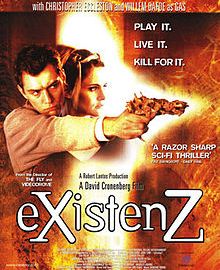After the tragedy at Sandy Hook Elementary School occurred in December 2012, the debate over gun ownership rights and regulations has been more popular than ever. At Sandy Hook, over twenty lives were lost when an intruder opened fire inside the school. Only days later, The Journal News, a newspaper in upstate New York, released an article titled, “Map: Where are the gun permits in your neighborhood?” The article included interactive map of where all of the pistol permit owners are located in two New York counties (Plaisance, 2014, p. 159).
The release of the article immediately sparked a debate over multiple ethical issues in the media. Gun rights supporters argued that the release of this information was unfair, violated their privacy, and turned them into targets (Plaisance, 2014, p. 159). Were it not for state-specific regulations, I would fully agree to this. New York is one of only ten states in the entire country that allows gun ownership information to be public (Sibley & MacNeal, 2013). Studies also showed that, while the Sandy Hook tragedy did encourage law enforcement officials to push for stricter gun control laws, more and more states were moving towards making gun ownership information private (Sibley & MacNeal, 2013). I think this movement is a great idea. While gun permits are regulated more so than other types of products, owners deserve the same privacy rights as any other hobbyist. For example, just because people own model airplanes does not mean there should be a public database of model airplane owners with all of their addresses, names, ages, and other personal information included. The only reason this specific article is justified is because this information is legally public in the state of New York, and all gun permit holders are subject to this when they apply for and receive these permits.
While I understand gun ownership is a much more complicated topic than owning model airplanes, the overall message still remains: gun owners deserve the right to keep their information private as much as any other non-owner deserves the right to stay private. The release of this article in The Journal News not only made the gun owners feel unsafe in their communities, but also turned their own staff members into targets of outrage. This map was an unnecessary attack on gun owners that did not benefit anyone. The journalists responsible for creating and publishing this map should have taken the possible consequences into consideration before publishing it. From a utilitarian standpoint, the consequences of publishing this article far outweighed any benefit that was found from the information, so the article was not successful in reaching the greatest good for the greatest number of people.
Additionally, New York passed legislation to keep gun owner information private only weeks after this scandal occurred. Clearly even the government officials recognized that this information should not be publicly accessible and gun owners deserve the right to keep their information private.
Plaisance, P. L. (2014). Media Ethics: Kep Principles for Responsible Practice. Thousand Oaks, CA: SAGE Publications, Inc.
Sibley, R. & MacNeal, C. (2013). Majority of states prohibit access to gun records. The Sunlight Foundation. Retrieved from http://sunlightfoundation.com/blog/2013/01/18/majority-states-and-counting-dont-allow-gun-records-be-public/




